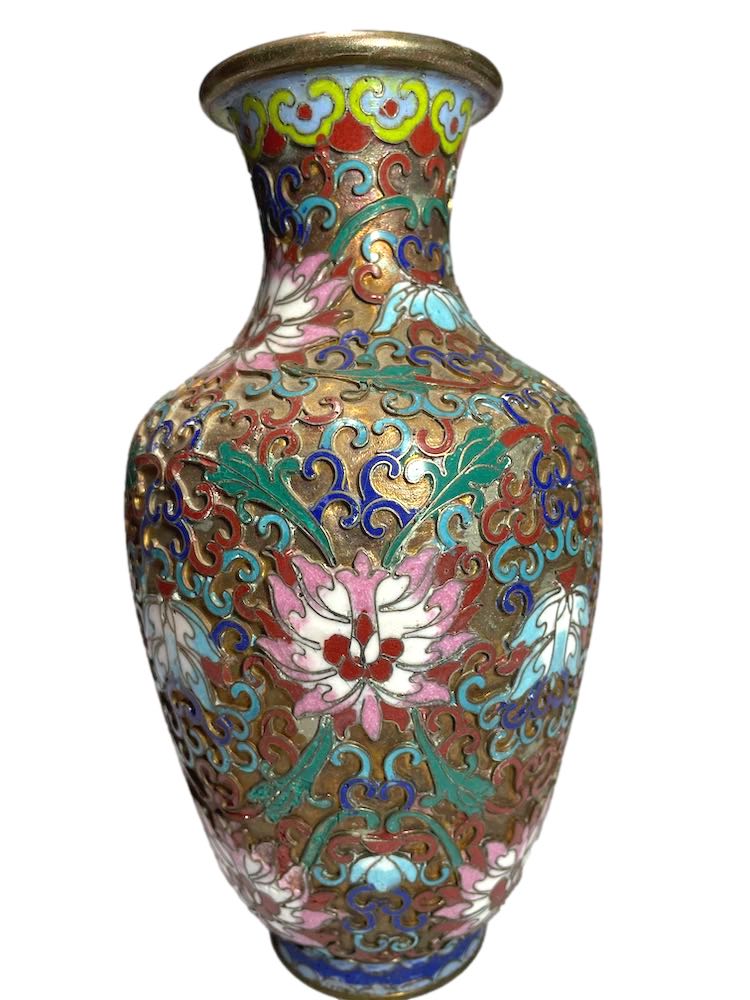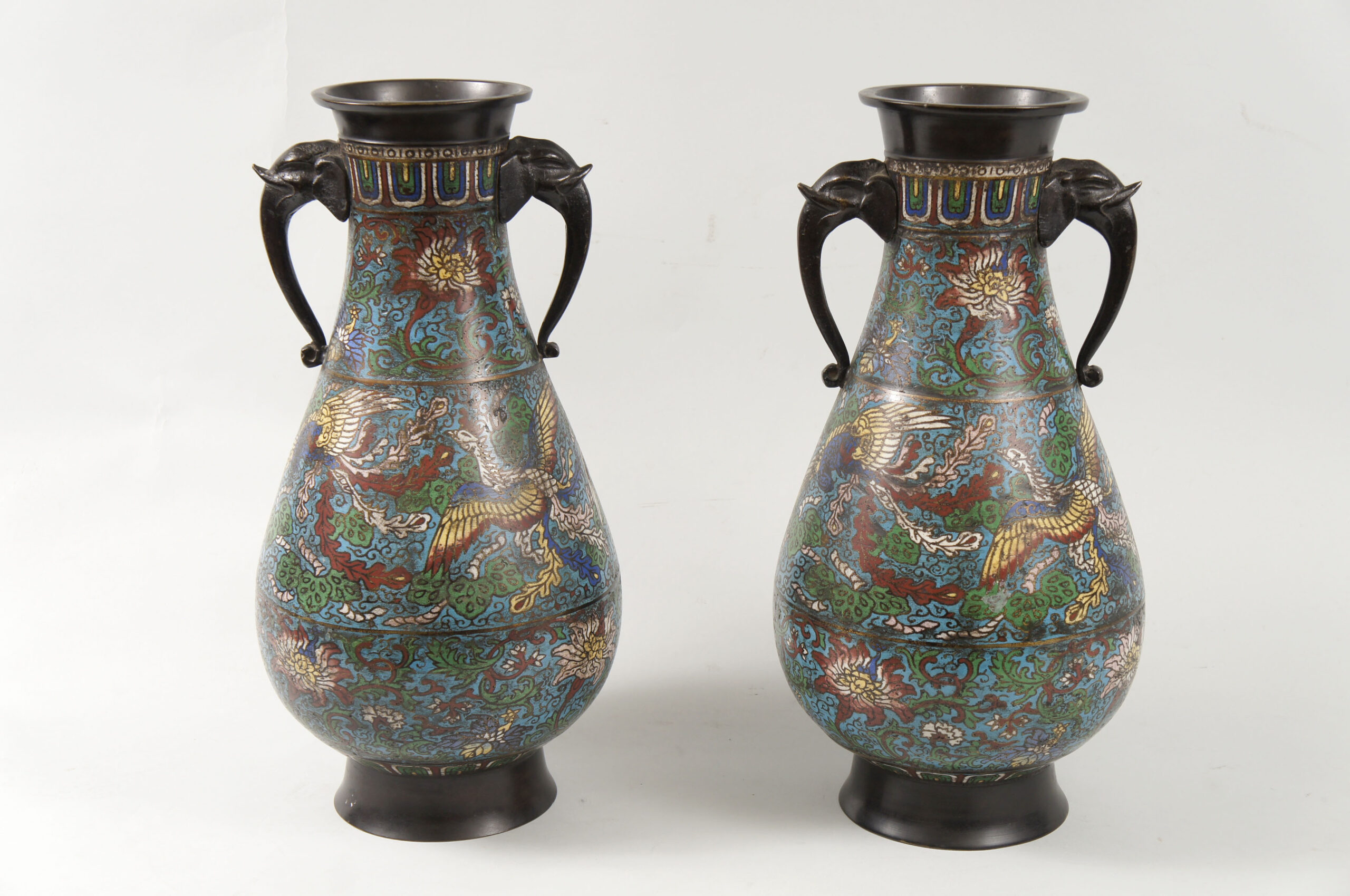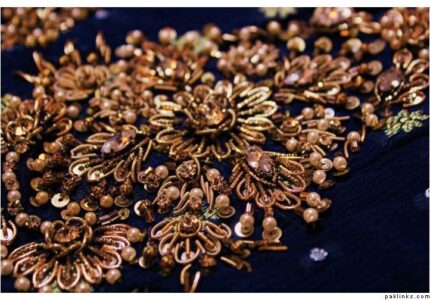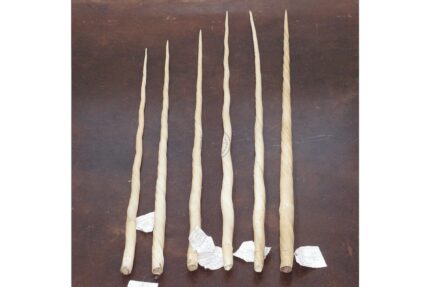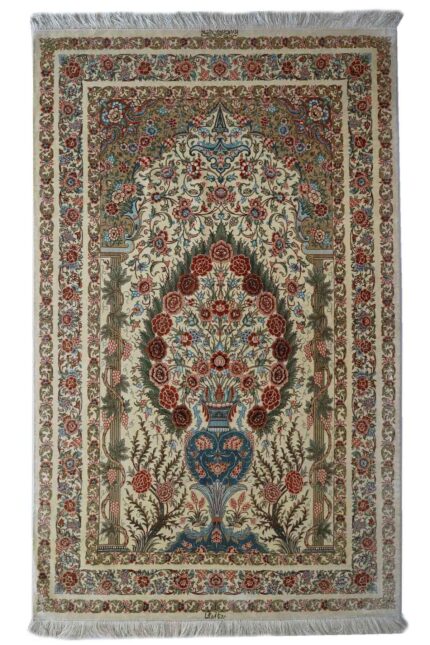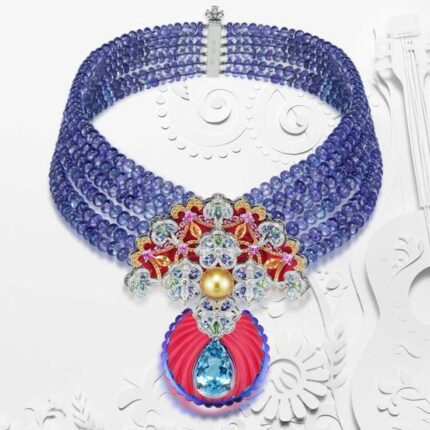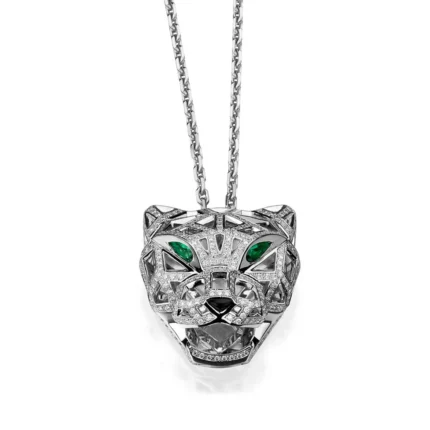Description
Chinese Cloisonné
Chinese cloisonné, characterised by colourful enamelwork on metal, is a stunning manifestation of the human capacity to appropriate the finest that nature has to offer – gold, copper, glass – and has been prized for its exquisite beauty and intricate craftsmanship for centuries. Traditional cloisonné pieces are highly collectible and can be found in various forms such as vases, bowls, censers, and other decorative objects. If you’re interested in starting a collection of Chinese cloisonné art, here is a guide to help you get started.
History and Origins
Cloisonné art [jingtai lan] has a long history in China, dating back to the Yuan Dynasty (1271-1368) when it was introduced from the Middle East where blue [lan] was the favourite colour. However, it wasn’t until the Ming Dynasty (1368-1644) that cloisonné art became highly developed and widely popular among the Chinese imperial court and the elite. The Qing Dynasty (1644-1912) also saw a flourishing of cloisonné production, with various regional styles and techniques emerging.
Materials and Techniques
Cloisonné art involves the use of metalwork, enamel, and firing techniques. Copper is usually used as the base metal, which is shaped into the desired form, such as a vase or a censer. Cloisonné enamel wares from the early Ming period are rare, as production was strictly regulated by the Palace eunuchs who operated under the auspices of the Yuyongjian, a sub-division of the Neifu, ‘The Inner Treasury’, responsible for supplies to the Imperial household.
Coloured-glass paste are placed within enclosures made of copper or bronze wires, which have been bent or hammered into the desired pattern. Known as cloisons (French for ‘partitions’), the enclosures generally are either pasted or soldered onto the metal body. The glass paste, or enamel, is coloured with metallic oxide and painted into the enclosures.
The vessel is then fired in a kiln multiple times, usually at a relatively low temperature about 800°C. Enamels commonly shrink after firing, and the process is repeated several times to fill in the designs. Once this process is complete, the surface of the vessel is polished until the edges of the cloisons are visible. They are then gilded, often on the edges, in the interior, and on the base.
Quality and Authenticity
Cloisonné objects were intended primarily for the furnishing of temples and palaces. When collecting Ming cloisonné art, it is important to consider factors such as the quality of the wirework, the condition of the enamel, the authenticity of the piece, and its provenance. Authentic Ming cloisonné pieces are rare and valuable, as many of them were lost or destroyed over the centuries due to wars, political upheavals, and natural disasters. Genuine Chinese cloisonné pieces should exhibit fine craftsmanship, even enamelwork, vibrant colors, and signs of age such as wear, patina, and previous restorations. Provenance, or the documented history of a piece, is also crucial in determining its authenticity and value. Be cautious of modern reproductions or fakes that may try to imitate traditional Chinese cloisonné art but lack the craftsmanship and quality of genuine piece


